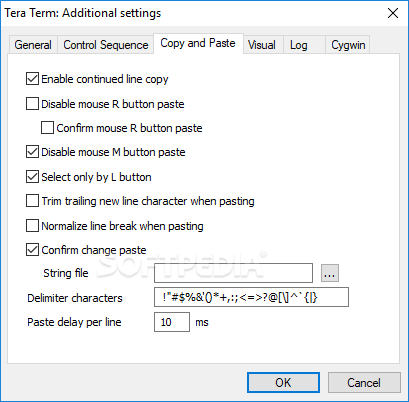


Started in 199 and mainly for Windows, the Tera Term provides a built-in macro scripting language.

In addition to its emulation capabilities, it supports connection over telnet, SSH, and serial ports. Open-sourced via the BSD License, the Tera Term is a terminal emulator in version 4.106 which emulates different computer terminals. Also, we will detail the pros, cons, and what makes them stand out. In this article, we will describe the operations you can do using Tera Term and PuTTY, their key features, differences, OS supports, connection mediums, etc. Although, the new Windows Terminal (CMD) is available as a terminal emulator, however, for some features, the Tera Term or PuTTY shine. Therefore, to connect with other computers remotely on Windows, you need Tera Term or PuTTY. However, with Tera Term and PuTTY, you can use a graphical component to access resources on centralized computers (local or remote), computers, web servers, or the “under-the-hood” system to power the OS GUI, especially with Linux.

With Windows, PowerShell consists of a command-line shell and is an application itself that allows you to work within a shell. That’s where PuTTY and Tera Term comes in. The traditional computer terminals increase flexibility and allow for users to design their own smaller systems for specialized functions.Īlthough complicated, it is highly common for developers or programmers to make use of them to connect with remote computers, transfer files and possibly run more than one operating system. With terminal emulators, you can have access to a text terminal and all its applications from command-line interfaces (CLI) to text user interfaces (TUI).Īll of these can be possible on a local machine or a distant host via telnet, SSH, dial-up, or direct serial connection. As developers and even hobbyists, accessing a distant host or local one is helpful, and being able to replicate the functionality of a traditional computer terminal is what terminal emulators afford you.


 0 kommentar(er)
0 kommentar(er)
